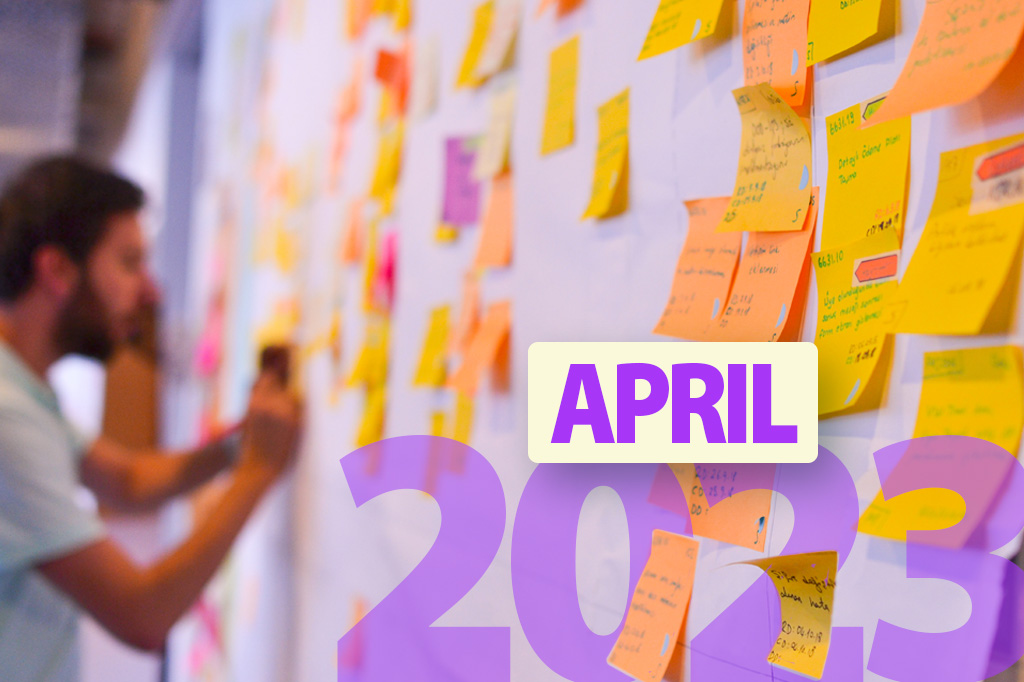Why Team (Teen;) Toxins?
Perhaps the better questions are: What ARE team toxins and why should we be proactive in overcoming them?
To an Agilist, the idea of Team Toxins comes from the research of Dr. John Gottman and his observations of the Four Toxic Communication Patterns adapted for team communication settings (Hooper, et al., 2017). The 4 Team Toxins are: Blaming, Defensiveness, Contempt, and Stonewalling (Thomassen, 2018). These toxins can devastate a team and give away the power we have to impact our own outcomes. Not surprisingly, these same toxins can be seen in classrooms both physical and virtual and wherever the teenage brain may be encountered. For the sanity and success of teams, teens, and teachers, understanding the four communication toxins and how to overcome them can be a game changer.
Tools & Features
Take a look at this month’s Poster: Team & Teen Toxins… and their Antidotes!
Use the Classroom Agreements Slideshow to guide your students in developing goals and expectations for communication and contribution through a collaborative liberating structure.
(This structure works well for teams of grown-ups too.)
All the tools and features from previous and current blog posts can be found here!
Why Agile… in Education?
The Agile framework originated from the world of software development, and a need arose to collaborate on product development in a smarter way. Agile teams work effectively as a unit and can better react to the inevitable changes in innovation and education. The Agile philosophy encompasses a group of methodologies that guide goal development, continuous improvement, and collaboration.
When applied to education, the Agile framework and methodologies look like Best Practices in a system of student engagement, teamwork, exploration, relevance, objective mastery, increasing depth-of-knowledge, 21st Century skills in action, self-efficacy, and intrinsic motivation. Agile learners iteratively develop and grow trust, collaboration, culture, and reflective practice for lifelong learning and success.
Join us on the journey at blueprinteducation.org/agile.
Author: Marina O’Connell, MAEd, CSM, CSPO, CAL K-12
References
Hooper, A., Spann, C., McCray, T., & Kimberly, C. (2017). Revisiting the Basics: Understanding Potential Demographic Differences With John Gottman’s Four Horsemen and Emotional Flooding. The Family Journal, 25(3), 224–229. https://doi.org/10.1177/1066480717710650
Thomassen, N.L., (2018). The Four Team Toxins and their Antidotes. https://aequilibre.org/team%20toxins/

